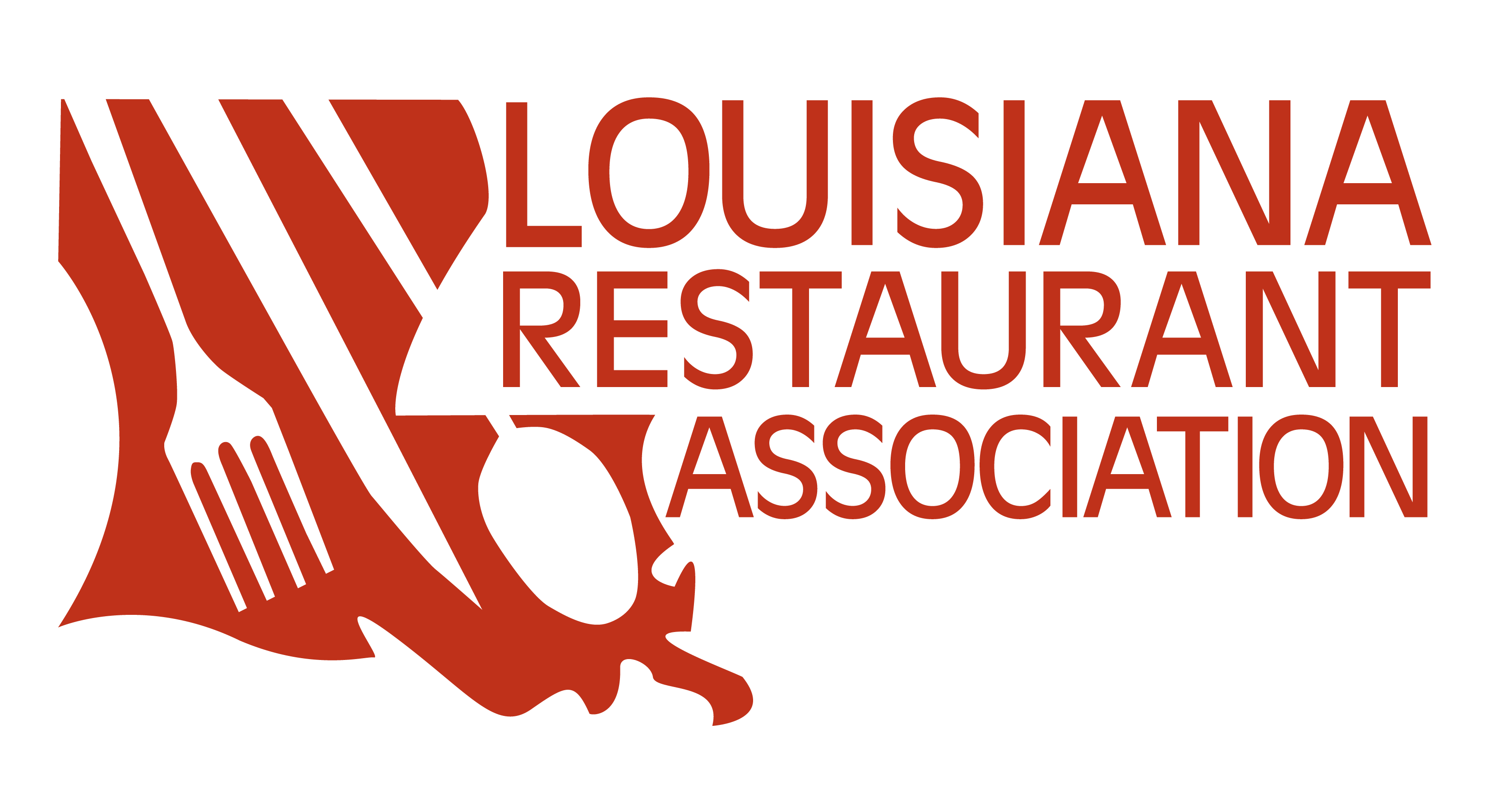Latest News
What Trump’s ‘Liberation Day’ Tariffs Mean for Food Costs

Apr 4, 2025
President Trump has issued an executive order under the International Emergency Economic Powers Act (IEEPA) to impose a baseline 10% tariff on all foreign-origin goods, excluding Canada and Mexico. Additional, higher reciprocal tariffs will target countries with significant trade imbalances with the U.S., including China, Japan, the European Union, and Vietnam.
These tariffs are intended to reduce the U.S. trade deficit, strengthen domestic manufacturing, and address foreign policies such as currency manipulation and value-added taxes (VAT). However, they bring broad implications for restaurants and foodservice operators who rely heavily on imported ingredients, equipment, and supplies.
“While we understand the White House’s intent to implement reciprocal tariffs on many imported products, we anticipate an impact on our members’ costs across a wide range of items,” said Stan Harris, President and CEO of the Louisiana Restaurant Association. “Some of these increases will occur more quickly, while others will become evident when inventory or equipment is replaced. This is a big-picture strategy, but the near-term consequences for restaurants are real.”
Key Dates
- April 5, 2025: 10% baseline tariff on most imported goods goes into effect.
- April 9, 2025: Higher country-specific tariffs begin for selected nations.
- May 2, 2025: De minimis exemption ends for Chinese-origin goods, affecting low-value imports previously exempt from duties.
Exemptions
- Countries: Canada and Mexico are exempt under USMCA.
- Products: Exemptions apply to pharmaceuticals, semiconductors, steel, aluminum, lumber, and certain energy products.
Impact on Restaurants & Food Costs
Increased Food Prices
Many ingredients used in Louisiana’s restaurant kitchens—such as coffee, avocados, spices, and some dairy and meat products—are imported. Tariffs will raise the landed cost of these goods, forcing restaurants to absorb the difference or adjust pricing.
Rising Equipment & Supply Costs
Commercial kitchen equipment, refrigeration units, paper goods, and packaging materials manufactured abroad may become significantly more expensive, affecting operations and capital spending.
Supply Chain Uncertainty
If key food-exporting countries retaliate with their own tariffs, U.S. agricultural exports could be affected, potentially leading to shortages or additional price pressures on imported and domestic food items.
Long-Term Pricing Volatility
With no defined end date, the tariffs create long-term uncertainty for restaurants trying to plan menus, source ingredients, and control costs.
Potential Menu Adjustments
Operators may need to adjust portion sizes, revise recipes, or substitute ingredients. In some cases, price increases on menus may be unavoidable.
Conclusion
While the administration views these tariffs as a tool to restore balance in international trade, Louisiana’s restaurant industry faces increased costs and supply chain challenges. Restaurant owners and operators should stay informed, maintain close communication with suppliers, and explore cost-management strategies to adapt during this evolving trade landscape.
